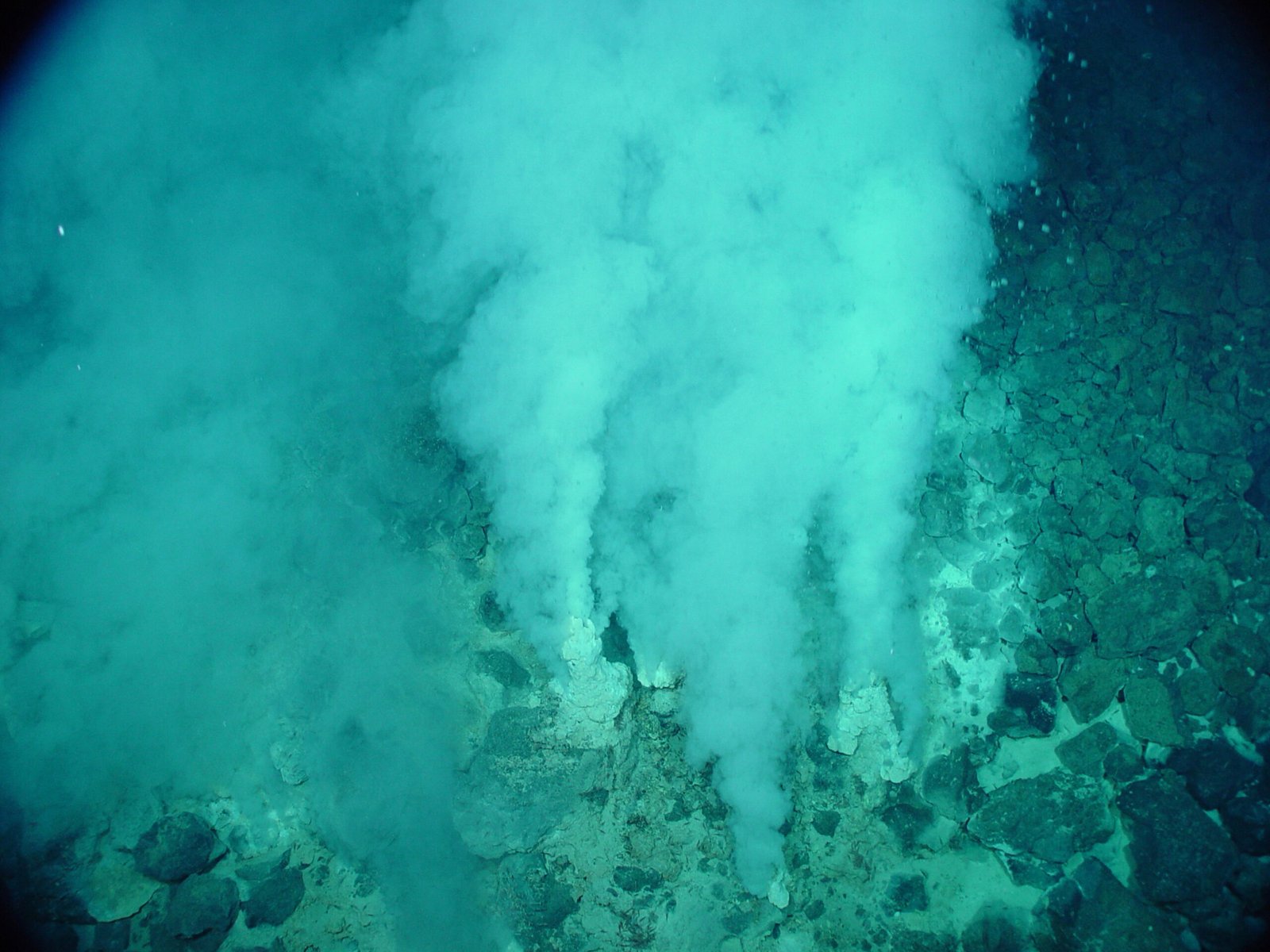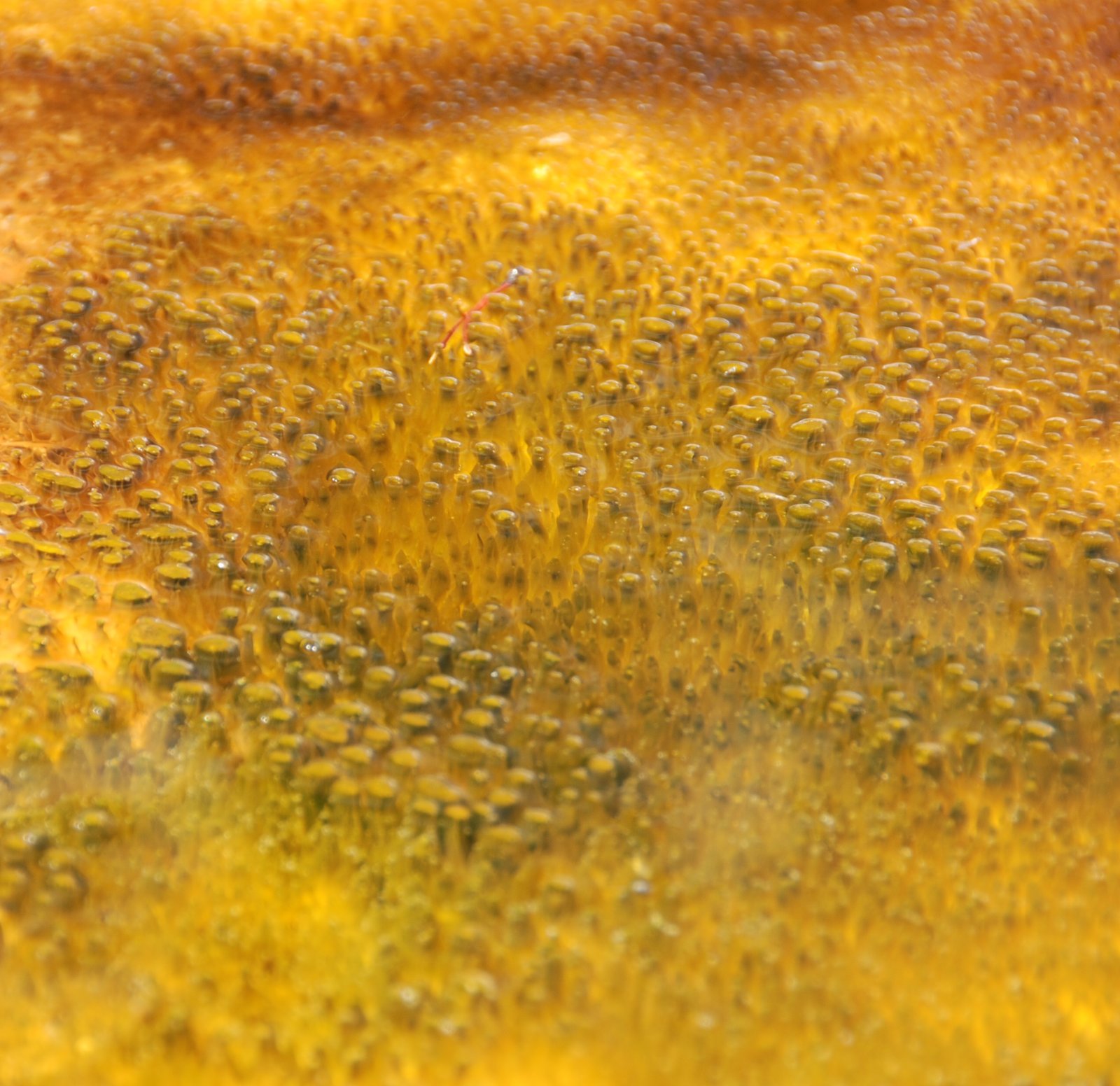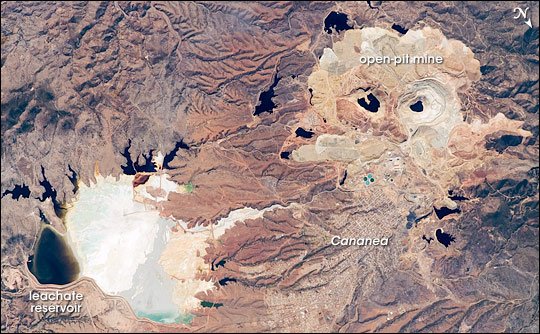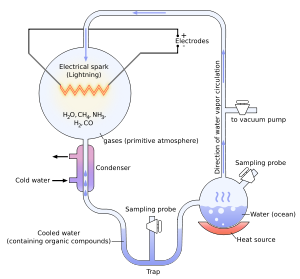The concept of evolution has always fascinated mankind, leading scientists and curious minds alike to ponder the origins of life. While Darwin’s theory of natural selection forms the bedrock of evolutionary biology, there are still many puzzles left unsolved. One such enigma is the possibility that life might have begun as electrical circuits in ancient oceans. This idea pushes the boundaries of conventional thought, inviting us to imagine a world where the spark of life was literal, a dance of electrons in the primordial soup.
The Early Earth: A Cauldron of Possibilities
Billions of years ago, Earth was a young planet, a boiling cauldron filled with volatile compounds and intense energy. The atmosphere was vastly different from what we breathe today, composed predominantly of methane, ammonia, water vapor, and hydrogen. Volcanic eruptions, lightning storms, and ultraviolet radiation from the sun provided a cocktail of energy sources. In this chaotic environment, the conditions were ripe for the emergence of life. It’s as if the planet itself was a giant laboratory, conducting experiments on a colossal scale.
Lightning Strikes: Nature’s Power Source

Lightning is a powerful force of nature, capable of splitting trees and igniting fires. But could it also have sparked life? The idea is not as far-fetched as it sounds. Electrical discharges from lightning storms could have provided the necessary energy to catalyze chemical reactions in the early oceans. These reactions might have formed complex organic molecules, the building blocks of life. Imagine the ocean as a vast, electrified soup, where each lightning strike was a potential spark of life.
The Primordial Soup: A Chemical Stew
The term “primordial soup” refers to the nutrient-rich waters of early Earth, teeming with organic molecules. This concept suggests that life began in a watery environment where simple chemicals gradually combined to form more complex molecules. These molecules, through countless iterations, could eventually lead to self-replicating systems. The ocean, therefore, wasn’t just water; it was a dynamic, ever-changing stew, bubbling with possibilities and the precursors of life.
Electrical Circuits: The Spark of Life?
The idea of life starting as electrical circuits stems from the notion that early life forms may have utilized electrical energy to drive metabolic processes. This theory proposes that primitive cells might have functioned like tiny electrical circuits, with electrons flowing through them in a manner akin to modern-day batteries. This electron flow could have powered the chemical reactions necessary for life, acting as a precursor to the metabolic pathways we see today. It’s like imagining a tiny, self-sustaining power plant, where life itself was the machinery.
Abiogenesis: Life from Non-Life

Abiogenesis is the process by which life arises naturally from non-living matter. This concept is central to the idea of electrical circuits in early oceans. If life indeed began as electrical circuits, abiogenesis would be the mechanism by which simple organic molecules transformed into complex, living systems. This transition from non-life to life is one of the most profound mysteries in science, akin to watching a caterpillar transform into a butterfly, a metamorphosis that defies simple explanation.
Microbial Mats: Ancient Electrical Networks

Microbial mats are layered biofilms composed of microorganisms, which are thought to be among the earliest forms of life. These mats can conduct electricity, suggesting that ancient microbes might have used electrical currents to communicate and exchange energy. This discovery adds weight to the theory that electrical circuits played a role in the origin of life. It’s as if these ancient mats were the first networks, connecting life forms in a web of electrical interactions.
Role of Minerals: Nature’s Catalysts

Minerals may have played a crucial role in the origin of life by acting as catalysts for chemical reactions. Some minerals can conduct electricity, providing a medium for electron flow in primitive life forms. In early oceans, these minerals could have facilitated the formation of electrical circuits, enabling the first metabolic processes. Imagine these minerals as tiny spark plugs, igniting the flame of life in the vast oceanic expanse.
Miller-Urey Experiment: A Glimpse into the Past

The Miller-Urey experiment, conducted in the 1950s, was a groundbreaking study that simulated early Earth conditions. By passing electrical sparks through a mixture of gases, scientists were able to produce amino acids, the building blocks of life. This experiment demonstrated that life’s essential components could be synthesized under conditions thought to resemble those of primordial Earth. It’s a vivid reminder of how the interplay of electricity and chemistry can create the very essence of life.
The Implications for Evolutionary Theory

The idea that life started as electrical circuits in early oceans has significant implications for our understanding of evolution. It suggests that life’s origins may be more deeply intertwined with electrical phenomena than previously thought. This perspective could reshape our approach to studying the evolutionary processes that led to the diverse life forms we see today. It’s like discovering a new chapter in a book, one that provides fresh insights into a story we thought we knew well.
Unraveling the Mysteries: Future Prospects
As we continue to explore the origins of life, the notion of electrical circuits in early oceans remains a tantalizing possibility. Advances in technology and scientific research may one day provide definitive answers to this mystery. Understanding how life began could unlock new insights into the nature of existence and our place in the universe. It’s a quest akin to finding a missing puzzle piece, one that could complete the picture of life’s grand tapestry.




